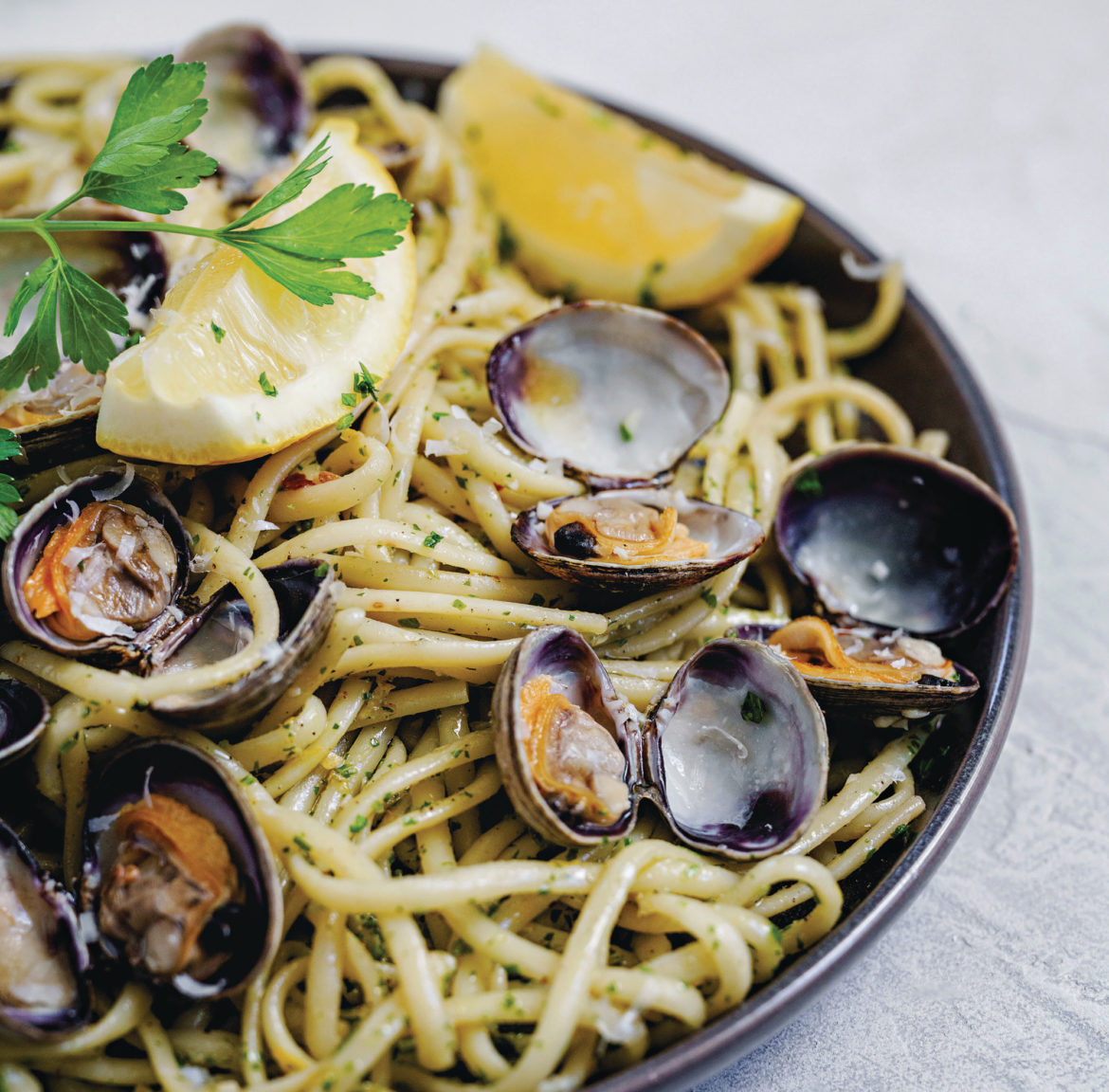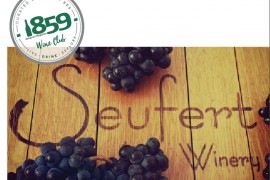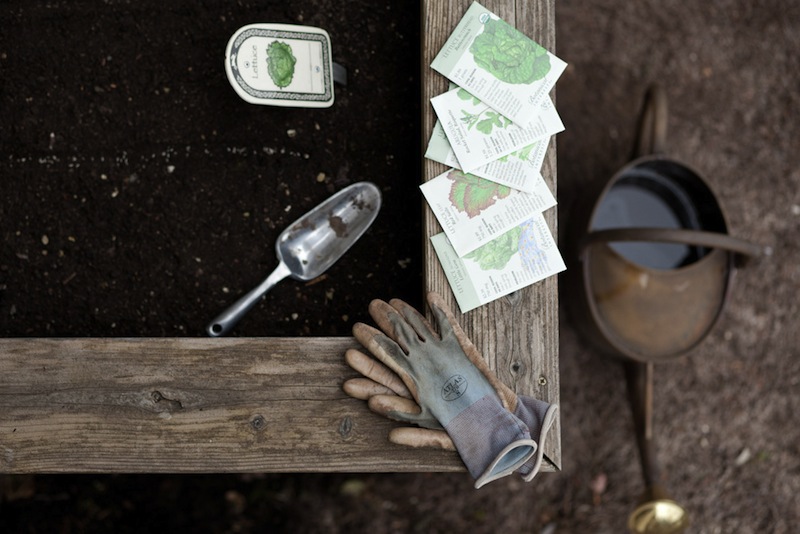written by Thor Erickson
photography by Tambi Lane
The brightness and hum of the fluorescent lights inside Bi-Mart was an awkwardly refreshing break from the dark and rainy weather of Lincoln City. I stopped in to pick up a shellfish license and a “clam shovel” (called a trenching shovel anywhere else in the world). One of the cashiers pointed me in the right direction. Under his red Bi-Mart vest, he wore a t-shirt that said “I Dig Clams” across the front. I knew I was in the right place.
The next morning at low tide, shovel and bucket in hand and boots on feet, I set out to Siletz Bay. After asking a few fellow clammers where to go, I ended up north of Schooner Creek where the purple varnish clams (named for the hue inside the shell) were said to be plentiful. I searched the wet sand for the telltale signs of clams: “dimples, doughnuts and keyholes” are what the Oregon Department of Fish and Wildlife call the breathing holes that clams create beneath the sand.
I found some dimples and began to dig. About 10 inches below the surface, my shovel made a clanking sound. I’d hit a clam. I dug it out with my hands— it was the purple varnish that I’d been looking for. I dug on, my mind flooded with memories of my dad’s favorite dish—clam linguine—until I hit my twenty-clam limit.
Upon returning home, I purged the clams, repeatedly rinsing them with salted water to flush them of sand, which is not delicious at all.
That evening I had just enough clams for my dinner, but I felt as if I was with my dad. Want to make this dish for a group of friends? Take them clamming with you, and you’ll have plenty for a party. Here’s my recipe.
Oregon Clam Linguine
SERVES 4
Ingredients:
- ¼ cup Kosher salt
- 3 pounds fresh Oregon clams, such as purple varnish, butter or littleneck
- 3 tablespoons extra-virgin olive oil, plus more as needed
- 3 medium cloves garlic, sliced very thin
- ¼ teaspoon red pepper flakes
- ½ cup dry white wine
- 1 pound good-quality, dried linguine
- 1 tablespoon unsalted butter
- 1 tablespoon fresh Italian parsley, minced
- ¼ cup freshly grated Parmigiana Reggiano
Instructions:
- Purge the clams of sand. Fill a large bowl with a quart of cold water and stir in 5 tablespoons of Kosher salt, to make it salty like the sea. Add clams, and let stand for 30 minutes. Lift clams from water and discard water; if there is sand in the bottom of the bowl, rinse it out and repeat the process until clams no longer release sand into the water (usually two or three purging cycles). Discard any clams that are gaping open and refuse to close when prodded.
- In a large sauté pan, combine oil with garlic and red pepper flakes. Cook over medium heat until garlic is very lightly golden, about 2 minutes. (Adjust heat as necessary to keep it gently sautéing.)
- Add white wine and clams, cover, and increase heat to high. Let cook, checking every 30 seconds or so, transferring clams as they open to a large heatproof bowl, until all clams have opened— about 5 minutes. Remove sauté pan from heat.
- Allow clams to cool slightly, then pull the clam meat from shells. You can save a few shell-on clams per serving as a garnish if you wish.
- For the linguine, fill a large pot with water, lightly salted (salt the water less than usual because of the saltiness of the clams), and bring to a boil. Cook the linguine until just shy of al dente (about 1 minute less than the recommended cooking time on the package). Reserve about ¼ cup of water used to cook the pasta. Transfer the pasta to sauté pan with white-wine sauce, add about 4 to 5 tablespoons of water used to cook the pasta— this will help the sauce coat the pasta better.
- Add butter, and clam meat and the shell-on clams if using for garnish. Cook, stirring, until butter is melted and clams are heated through, about 1 minute. Add a few more tablespoons of pasta water a little at a time until the sauce has the desired creamy consistency.
- Remove from heat and season with salt and pepper if needed. Plate the clam linguine in large bowls and top with freshly grated Parmigiano Reggiano.









